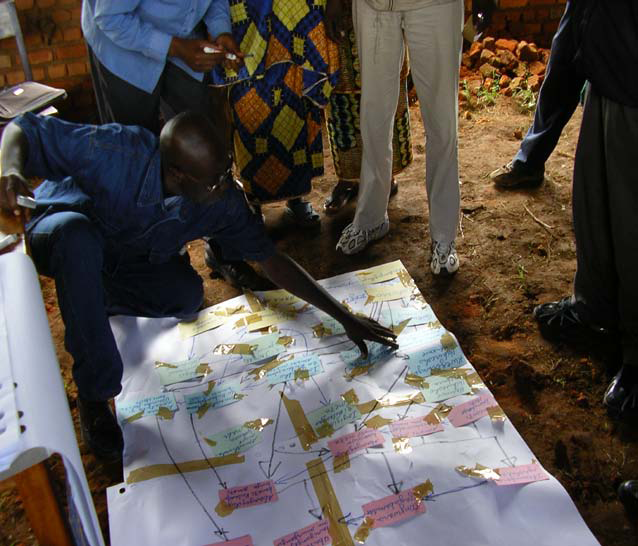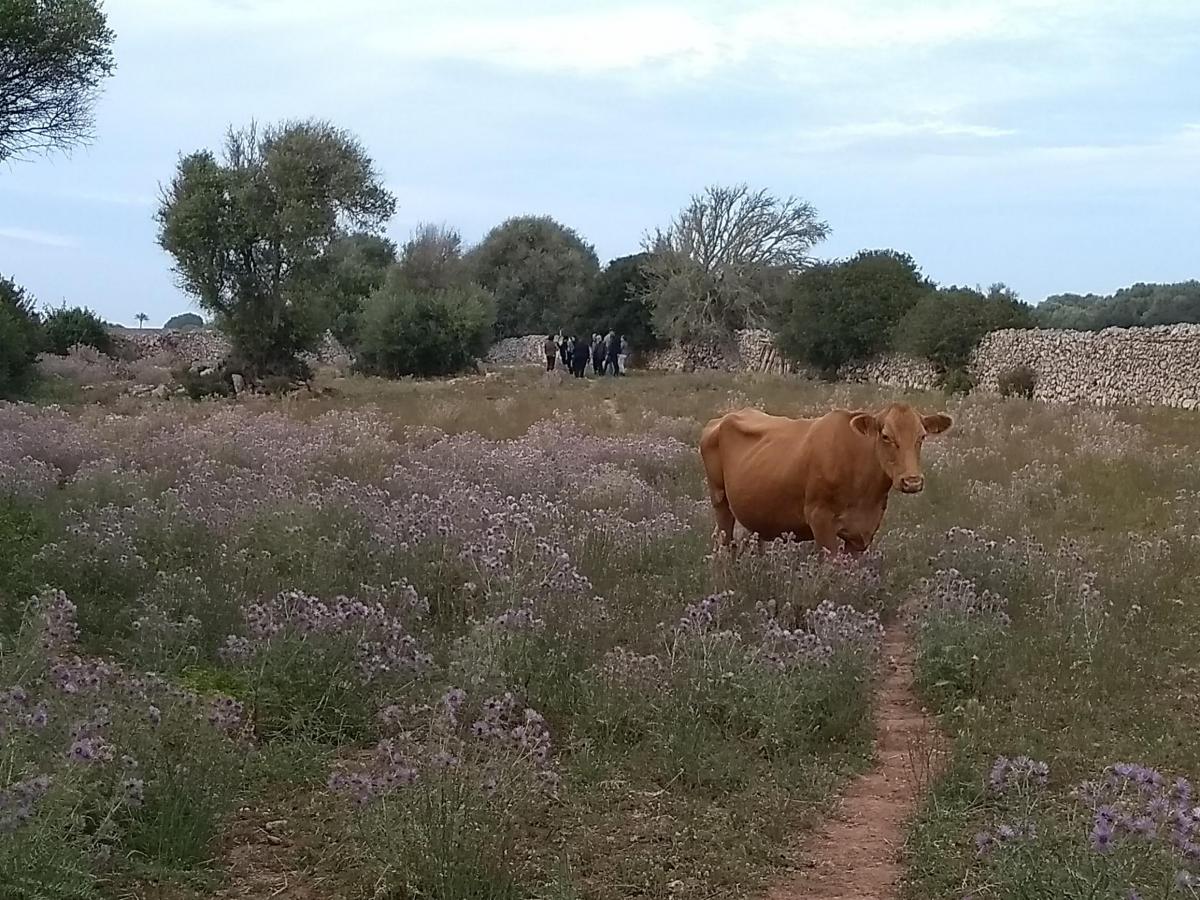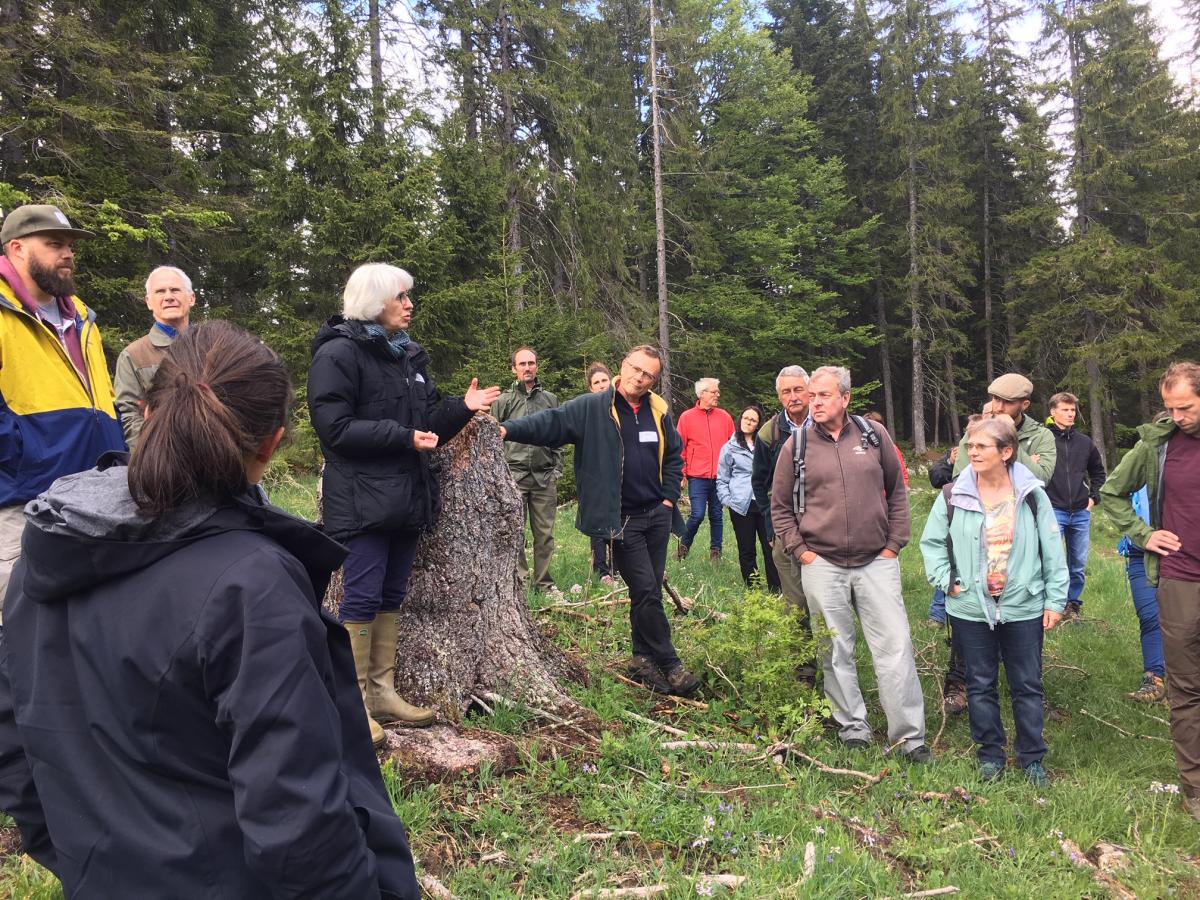Lessons from implementing a theory of change M&E system in the Livelihoods and Landscapes Strategy initiative
This paper reflects on the potential of applying the 'theory of change' as a useful tool in participatory monitoring and self-evaluation in livelihoods and landscapes strategies.

Photo: IUCN
Livelihoods and Landscapes Strategy (LLS) is an initiative which aims to contribute to the improvement of the livelihoods of rural people through the sustainable management of multi-functional forested landscapes. It is being implemented by the International Union for Conservancy of Nature (IUCN), with the support of The Netherlands. It is a four-year program that started in 2007.
Central to LLS is:
(i) finding practical ways to support governments and donors in ensuring that the benefits of national poverty reduction strategies reach the rural poor, and in particular those who are highly dependent on natural resources, in particular forests and trees. Here LLS aligns with nationally development priorities and seeks to broaden the range of actors, notably civil society and private sector partners.
(ii) responding to a second global challenge - that of how to reverse the lack of momentum in implementing international commitments on sustainable forest use and conservation - by strengthening the relationship between forests and rural poverty reduction.
This paper reflects on the potential of applying the Theory of change as a useful tool in participatory monitoring and self-evaluation in the LLS context. It is not a comprehensive review of all elements of M&E in the initiative, in particular because the initiative is implemented in a decentralized way and different paths are followed in many of the 23 countries where it is running.



